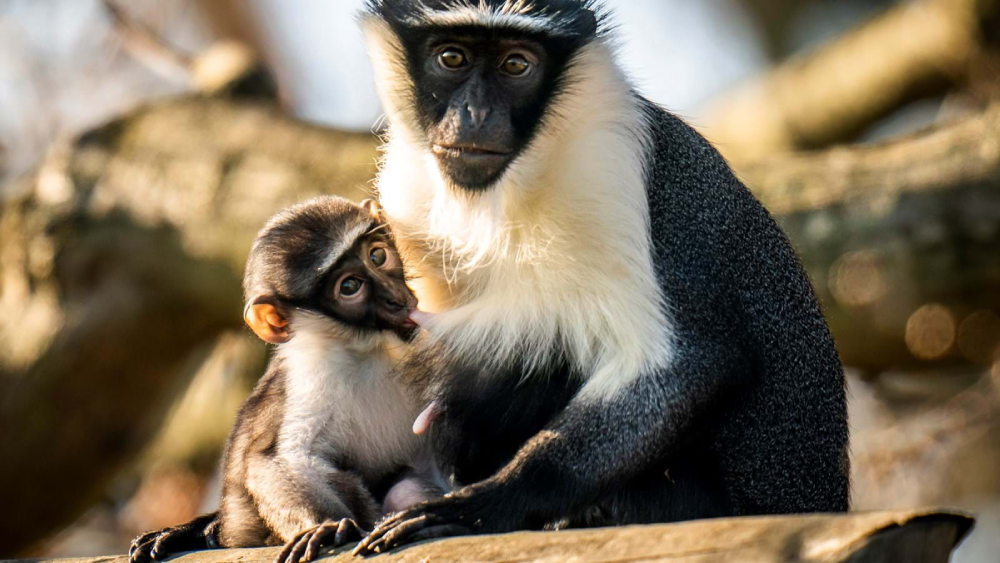Nestled deep within the lush canopies of West Africa’s dwindling rainforests resides a hidden gem of biodiversity – the Roloway monkey (Cercopithecus roloway). This captivating primate, with its distinctive appearance and intriguing behavior, is a symbol of the region’s rich ecological heritage. However, like many species in the region, the Roloway monkey faces numerous threats to its survival. Understanding the significance of this species and the challenges it confronts is crucial for its conservation and the preservation of West Africa’s invaluable ecosystems.
Taxonomy and Distribution
The Roloway monkey belongs to the Cercopithecidae family, which includes Old World monkeys. It is closely related to other guenon species, such as the Diana monkey (Cercopithecus diana) and the Campbell’s monkey (Cercopithecus campbelli). Endemic to West Africa, the Roloway monkey’s range once extended from eastern Ivory Coast to western Ghana, encompassing dense, moist forests.
Physical Characteristics
One of the most striking features of the Roloway monkey is its vibrant appearance. It boasts a glossy black coat with contrasting white whiskers framing its face, giving it a distinguished look. Additionally, its long tail, often as long as its body, aids in balance as it traverses through the forest canopy. With a slender build and agile movements, the Roloway monkey is well-adapted to its arboreal habitat.

Behavior and Ecology
Roloway monkeys are predominantly arboreal, spending the majority of their time in the forest canopy. They are highly social animals, living in groups consisting of several individuals, typically led by a dominant male. Within these groups, complex social interactions occur, including grooming, play, and vocal communication. Their diet is varied, consisting of fruits, leaves, seeds, and insects, which they forage for in the forest canopy.
Threats to Survival
Despite their remarkable adaptations, Roloway monkeys face numerous threats to their survival, primarily due to human activities. Habitat loss and fragmentation, resulting from agricultural expansion, logging, and infrastructure development, have significantly reduced suitable forest habitats for these primates. Additionally, hunting for bushmeat and the illegal pet trade pose grave threats to Roloway monkey populations. As a result of these pressures, the International Union for Conservation of Nature (IUCN) Red List categorizes the Roloway monkey as Critically Endangered, with populations experiencing rapid decline.
Conservation Efforts
Efforts to conserve the Roloway monkey and its habitat are underway, albeit facing significant challenges. Conservation organizations, local communities, and government agencies are collaborating to establish protected areas, implement sustainable land-use practices, and raise awareness about the importance of primate conservation. Additionally, research initiatives aimed at understanding the species’ ecology, behavior, and genetics are providing valuable insights for conservation strategies.
Conclusion
The Roloway monkey stands as a symbol of the ecological richness and biodiversity of West Africa’s rainforests. Its charismatic presence and unique attributes make it a species of immense value, both ecologically and culturally. However, the survival of the Roloway monkey is threatened by human-induced pressures, underscoring the urgent need for concerted conservation efforts. By addressing the root causes of habitat loss, poaching, and illegal trade, we can secure a future for the Roloway monkey and safeguard the integrity of West Africa’s irreplaceable ecosystems. Preserving this species is not only a moral imperative but also essential for maintaining the ecological balance of the region for generations to come.









